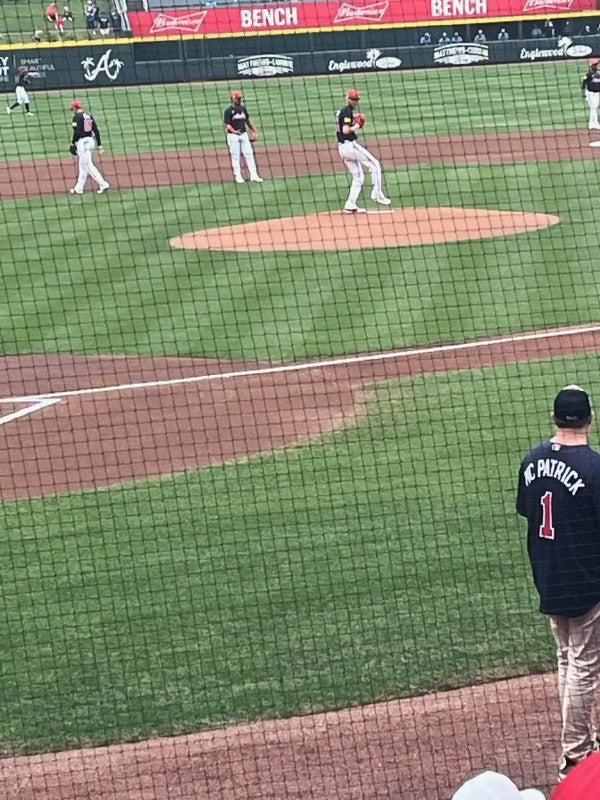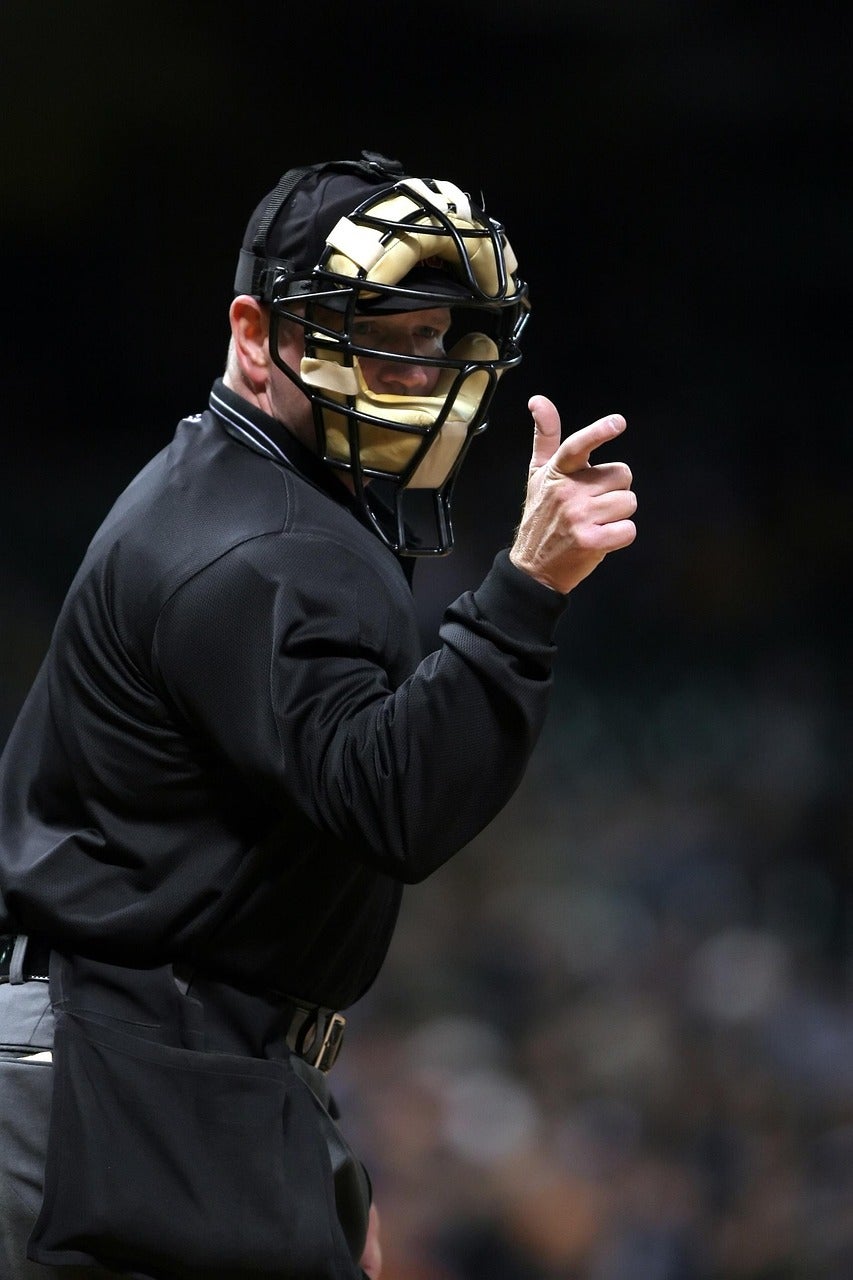
The remainder of July is crucial for Major League Baseball (MLB) teams as two major events will help impact their future success. First, on July 13 and 14, MLB will hold its Annual Draft in nearby Atlanta during All-Star Week. During this draft, teams will have the opportunity to select high school and college players to sign with their organizations. Following the draft, the next big event is the July 31 trade deadline, which is the last date MLB allows teams to trade players who will be eligible to play in its postseason. It is the last chance for teams to improve their teams to enhance their chances of making the playoffs and possibly winning a World Series, the ultimate goal of MLB teams. Both the draft and the trade deadline will impact the rosters of MLB teams, and each provides lessons as to how you might construct and improve your organization.

First, let’s take a look at the MLB Draft. As I indicated above, this is an opportunity for MLB teams to select and sign high school and college players from the United States and Canada. (There is a separate mechanism for signing international amateur players.) All MLB teams make significant financial and personnel investments to scout the players eligible for the draft prior to the draft itself. Once the draft arrives, each team basically gets to pick one player in each of the draft’s twenty rounds, with teams with the worse records the previous year selecting first, with the better performing teams selecting toward the end of the round. Some of the decisions the teams must make include whether to choose more high school or college players, whether to choose more pitchers or position players, and how much of a signing bonus to offer each player to make sure he signs. Very few of these players will be ready for the major leagues in the next year or two, and obviously, high school players will likely need more development than college players. Most drafted players require, on average, four to six years of minor league development before reaching the major leagues, although some college players are able to make it in two to three years. As businesses, here are some cues we can take from MLB teams at draft time to improve our teams:
- Talent Identification: It is critically important to identify the talent you need to succeed. You need to be able to “scout” to find that talent. For businesses, you should identify the colleges and technical schools that produce graduates with the skill sets you need. You can also “scout” at professional societies (e.g., Project Management Institute, Society of Human Resource Management) to identify talent on the rise.
- Employee Development: Businesses need to realize that new employees, like MLB draftees, while often very talented, are not finished products. It takes investment in the development of your employees to make them more effective and potential stars. Too many companies forget that talent alone will only carry your employees so far.
- Employee Mix: Hire a mix of employees whose contributions might peak at different times. In the MLB draft, the college player will likely make contributions sooner, but the high school player will peak later and may have a longer career. In business, it is worth investing in both the steady contributor and the potential high-flyer.

The second key event in MLB that we can learn from is the upcoming July 31 Trade Deadline. At this point in the season, MLB teams need to determine if they have a reasonable chance to compete for a playoff berth and a potential World Series championship. If they do believe they have a chance, they become “buyers” at the deadline, which means they try to acquire additional players to improve their chances of success. The other teams, who have a low chance for success, become “sellers” and trade some of their older, more expensive players to buyers for young talent not quite ready for the major leagues. It is critical for teams to have a good understanding of their chances for success and how much they should be willing to pay to improve those chances. In business, we can learn the following from teams at the trade deadline:
- Critical Self-Evaluation: Before a team can decide whether to be a buyer or seller, it must critically evaluate itself to determine if it makes sense to buy or sell. Similarly, when a business is making important decisions, it must do so having done a thorough and critical self-evaluation. Making decisions based on a poor self-evaluation will ultimately lead to poor decisions.
- Balancing Short-Term and Long-Term: Some MLB teams who are buyers at the deadline often overpay for short-term success and mortgage their future. Other such teams are overly cautious and not willing to take important action for fear of its impact on the future. In business, we need to balance our short-term and long-term goals. If we overplay the short-term, we may not have what we need for the long-term. However, if we do not take advantage of short-term opportunities, we may not be around for the long term.
For those of you who are fans of the Atlanta Braves, you may be down about how the season has gone so far. But take solace that the team can do some good work at the draft and the trade deadline to improve its chance of success in future seasons, and hopefully, you can learn from what they do.






